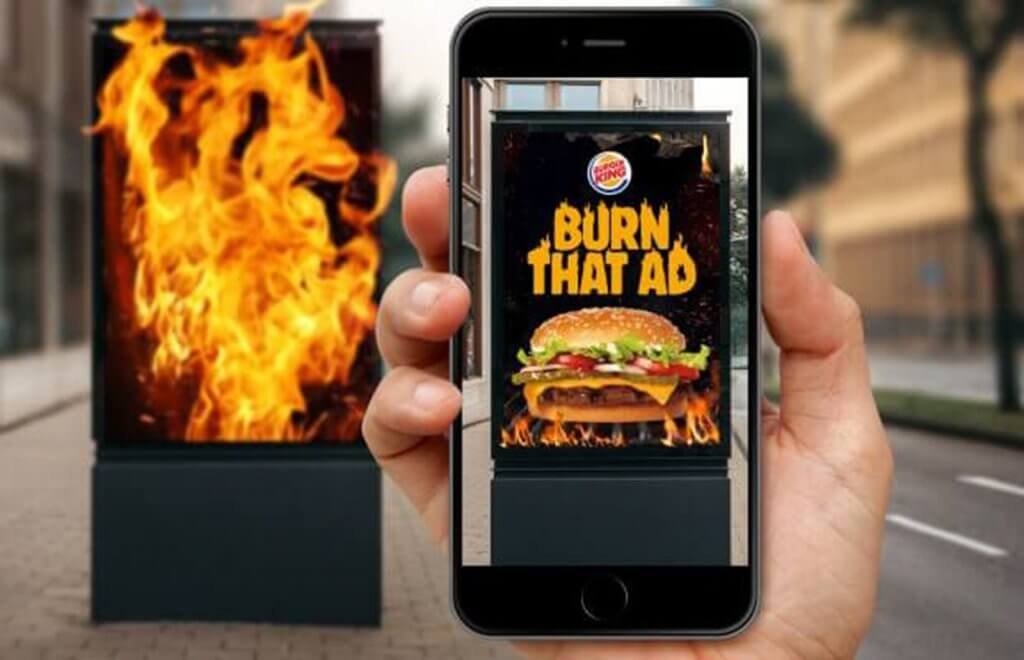#015
AR Advertising – The future, or another gimmick?
Augmented reality advertising is expected to account for at least 10% – 25% of digital advertising spend by the end of 2020

(Image source: Negative Space from Pexels)
Since the advent of the Internet, companies have turned towards online advertising channels such as Google, Yahoo, Facebook, Instagram and other forms of online and social media channels, as this is where most of their consumers obtain information. The more traditional forms of advertising have slowly been weaned off, instead being replaced with a new, diversified approach of advertising through AR channels.
As part of the marketing strategy, the marketing content prepared for each advertisement will be disseminated through various forms of media, as the consumer demands see constant change due to the introduction of new technologies. From the original print media such as newspapers and magazines, to newer media forms like television and radio, to online media such as the Internet, advertising media faces new challenges in different times and different target groups. Today, with the rise of AR technology, brings forth new ways of advertising through AR channels.
Research carried out by Neuro-Insight highlighted the impact of AR and how the brain responds to various AR tasks and experience:
- AR drives high levels of visual attention in the brain
- AR elicits a ‘surprise’ response
- What is stored, or encoded into memory is 70% higher for AR experiences
The simplest way to attract consumers, also the most commonly used method, is to utilise a positive incentive or reward mechanism. Once there is a stable user base, the effects may be gradually driven up, as word-of-mouth spreads, further increasing the number of active users and improving the brand reputation.
AR Advertising | Creative Examples: Burger King – Burn That Ad

(Image Source: Burger King)
Never one to shy away from bold, controversial advertising moves, Burger King Brazil worked with an advertising company early 2019, to launch a promotional campaign – Burn that Ad. Using the mobile camera triggered through Burger King’s AR app, pointed at the competitors’ ads, you can see the competitors’ ads engulfed in flames, right in front of your eyes. They offered a free Whooper to anyone who burnt an ad, and this amazing ad campaign went viral, with over a million downloads of the Burger King app in just one month, and over a billion media impressions all across the world.
AR Advertising | Film & Entertainment Industry
The entertainment industry has been dipping their toes into AR in a bid to attract consumers’ attention. Movies such as Avengers 4: Endgame and Pokémon Detective Pikachu have collaborated with Google Playground, allowing characters to leap into the users’ mobile screens in AR.
Sony Pictures also released an AR app as part of a promotional effort for Spider-man: Far From Home. In addition to being able to interact with Spider-Man and Mysterio in AR, users can also take photos and videos with the characters, and look through Peter’s texts and voicemails, spying on his life. The app also features shareable content for social media, such as GIFs and stickers.
AR Advertising | Benefits and Effects
At present, most of the major platforms, including YouTube, Snapchat, Facebook, and Instagram, all have some call of action for future AR advertising potential. Among them, Google released their AR Beauty Try-On function, which allows users to try on makeup using AR, while watching YouTube videos. The main purpose is to carry out new interactive advertising experiences through AR channels.
Conversion rates have always been used as an indicator for judging the success rate of an advertising campaign. Many well-known brands, such as NBA, Gucci, Sephora, and Wayfair, have been using AR advertising to increase customer interactions, subsequently building brand loyalty. The conversion rates of AR advertising ranges from around 20% to as high as 80%, with fantastic effects. It is expected that by the end of 2020, AR advertising may account for around 10% to 25% of digital advertising expenditure. Mobile AR ad revenue, most of which comes from Snapchat and Facebook advertising, is expected to exceed USD $ 2 billion by 2022.
The use of AR in advertising is not to completely replace existing advertising channels, but to obtain a multiplier effect of sorts, further enhancing the impression of the original channel through an experiential design. In the case of Burger King, they did not seek to replace their large-scale outdoors advertisements, but added an element of creativity and entertainment to create a lasting impression that sticks with consumers for a long time. We believe that AR advertising will help boost the advertising sector, giving it a much needed revamp to stand out among its many competitors.
